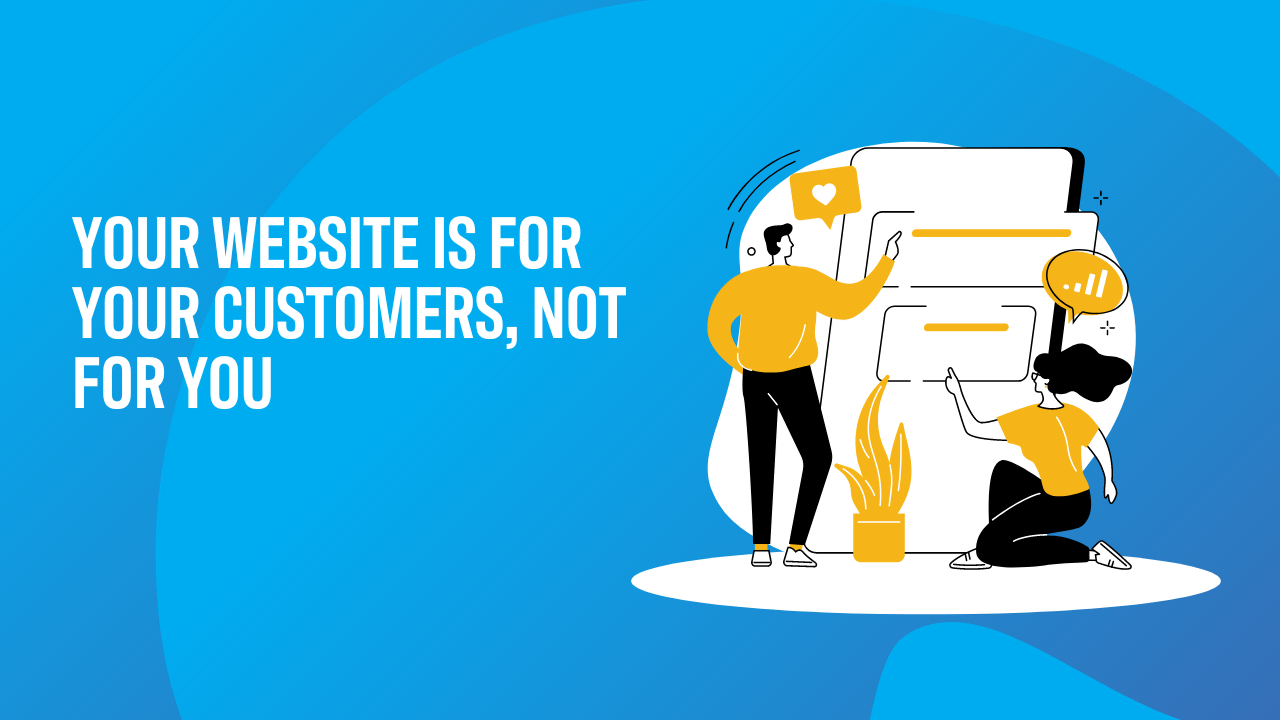As a business owner, the concept of designing a website that truly resonates with your target audience can be challenging, especially if you prefer to be in control of every aspect of your business. However, it’s crucial to understand that the design and content of your website should be customer-centric, focusing on addressing the problems your potential customers face – the same problems that your products or services aim to solve.
In this blog post, we’ll explore the key points that every business owner should consider when designing their website. Understanding the significance of design, the importance of customer preferences, and the power of social proof can help create a website that builds trust, credibility, and ultimately, drives conversions.
- When is Design Important?
Design plays a pivotal role in building trust and credibility with your website visitors. A well-designed website demonstrates care and professionalism, leaving a positive impression on potential customers. However, it’s essential to remember that visitors are not on your website to critique the design; they are seeking answers to their problems. Therefore, the content, design, and layout of your website should be tailored to address their specific pain points and provide relevant solutions.
- The “Wrong” Blue – Putting Customers First
As a business owner, it’s natural to have personal preferences regarding the design elements of your website. However, it’s crucial to shift your mindset from personal preferences to the preferences of your target audience. Just because you may not like a specific shade of blue or an image doesn’t mean it won’t resonate with your customers. A customer-centric approach involves understanding your audience’s preferences and optimizing your website to align with their preferences and needs. This often requires A/B testing to identify design elements that best convert with your audience.
- Your Customer is the Hero of the Story
Throughout your website, reinforce the idea that your customers are the heroes of their own stories. They visit your website seeking solutions and want to feel like they’re in the right place. Avoid excessive use of “I” or “we” language that may alienate them. Instead, focus on answering the fundamental human question: “What’s in it for me?” By crafting your messaging and content to address their needs and aspirations, you’ll capture their attention and keep them engaged.
- Share Social Proof
Building trust is essential for converting potential customers into actual customers. One of the most effective ways to do this is by sharing social proof, such as testimonials, case studies, and reviews. Testimonials from satisfied customers, detailed case studies, and positive reviews demonstrate the positive experiences others have had with your products or services. By showcasing these on your website, you instill confidence in potential customers, helping them see the value and effectiveness of your offerings.
Conclusion
Designing a customer-centric website is essential for establishing trust, credibility, and rapport with your target audience. By understanding the importance of design, embracing customer preferences, and leveraging social proof, you can create a website that not only looks great but also resonates with your customers on a deeper level. Remember, your website is a powerful tool for addressing your customers’ problems and showcasing the value of your products or services. By putting your customers first and making them the heroes of the story, you’ll create a compelling online presence that attracts, engages, and converts your audience.





